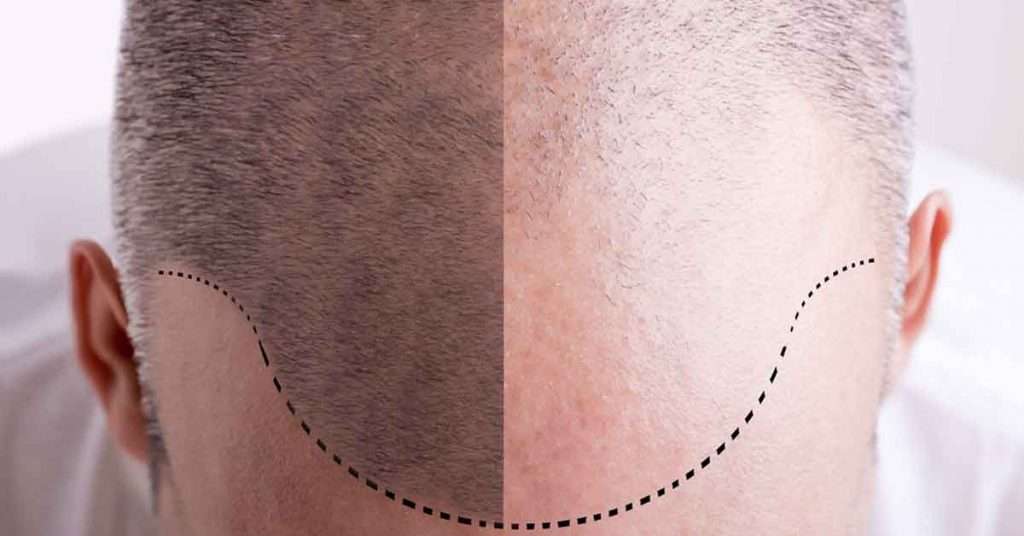Some hair transplant surgeons report success using body hair for scalp transplants, but other doctors aren’t so sure.
Free_Treatment_Inset_Promo
The techniques used in hair transplantation have undergone improvements since the method was first introduced in Japan in 1939. Now, a reportedly new technique is getting attention for transplanting body hair to the scalp — but not all hair transplant surgeons expect it to be effective.
Hair transplant surgeon Robert Jones, M.D., of Oakville, Ontario, performed innovative chest-to-scalp hair transplantation in 2008, using techniques that reportedly improve on previously poor results. Dr. Jones’ breakthrough — published in the June 2008 issue of Dermatologic Surgery (34 [6]: 857; Epub 2008 Mar 24; PubMed PMID: 18363725) — was that he was able to implant the hair into scar tissue on the scalp. The scar tissue was the result of a previous hair transplant (the scar is typically a line across the back of the head where hair, now in front, was “harvested”).
Another doctor, Sanusi Umar, M.D., who is associate instructor of dermatology at the University of California, Los Angeles, was interested in replicating the technique. Dr. Umar maintains a clinic in Redondo Beach, Calif., where two patients were looking to improve on their previous hair transplants. Both were specifically dissatisfied with the appearance of their hairlines (the place where hair meets the forehead), which Umar reportedly fixed by transplanting between 1,500 and 1,800 leg hair follicles. While body hair may be different from what grows from the scalp, the two patients were pleased with the end result.
“The hairline was fully grown and soft-looking by nine months,” Dr. Umar told a writer for The New York Times, explaining that one of the patients “started combing his hair backward and sporting a ponytail, exposing his hairline comfortably.” In eight subsequent cases (one of whom is a woman), the technique reportedly has worked equally well. In each, says Umar, traditional hair transplants were ineffective or unworkable because of scar tissue or lack of donor hair.


